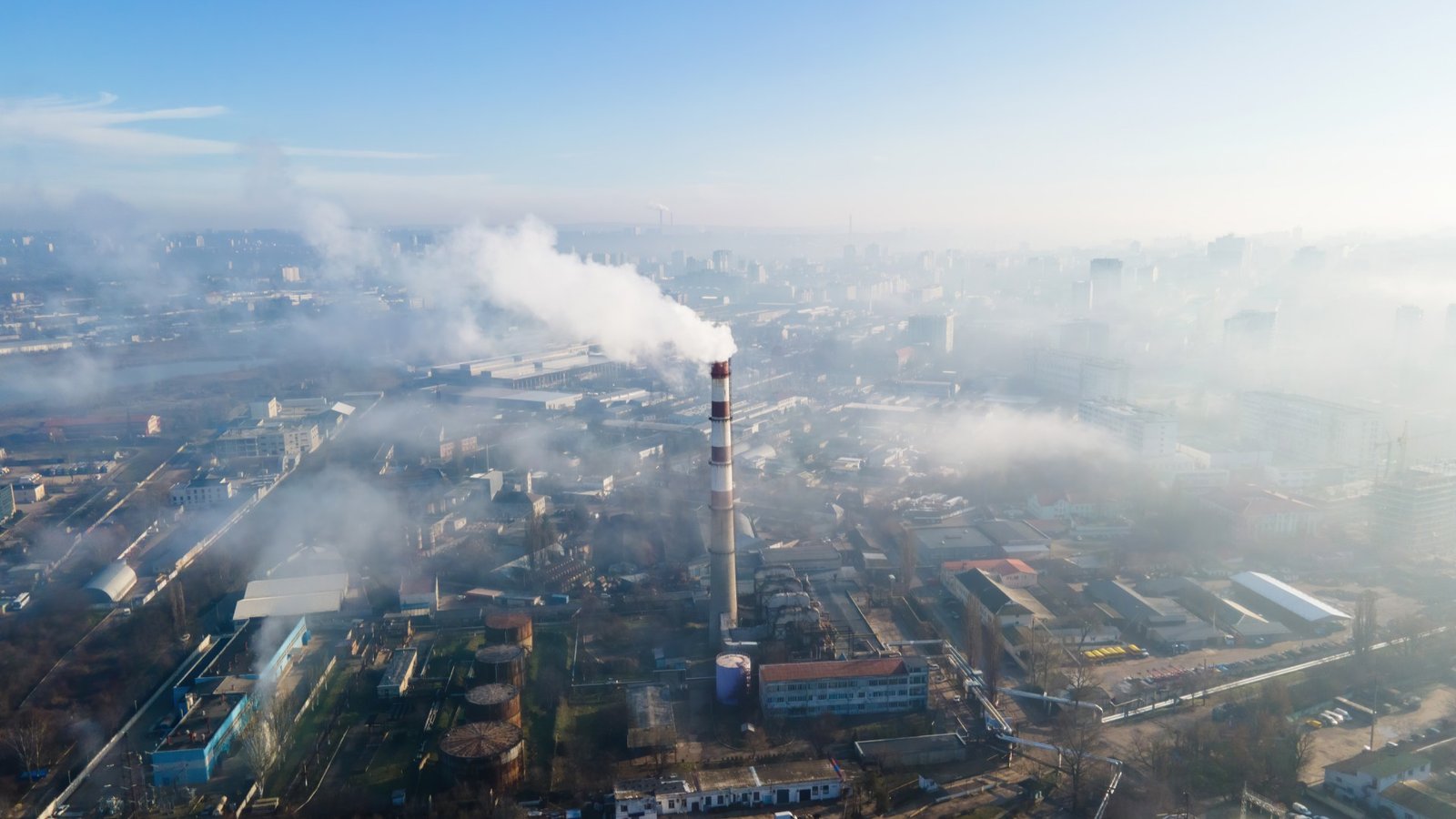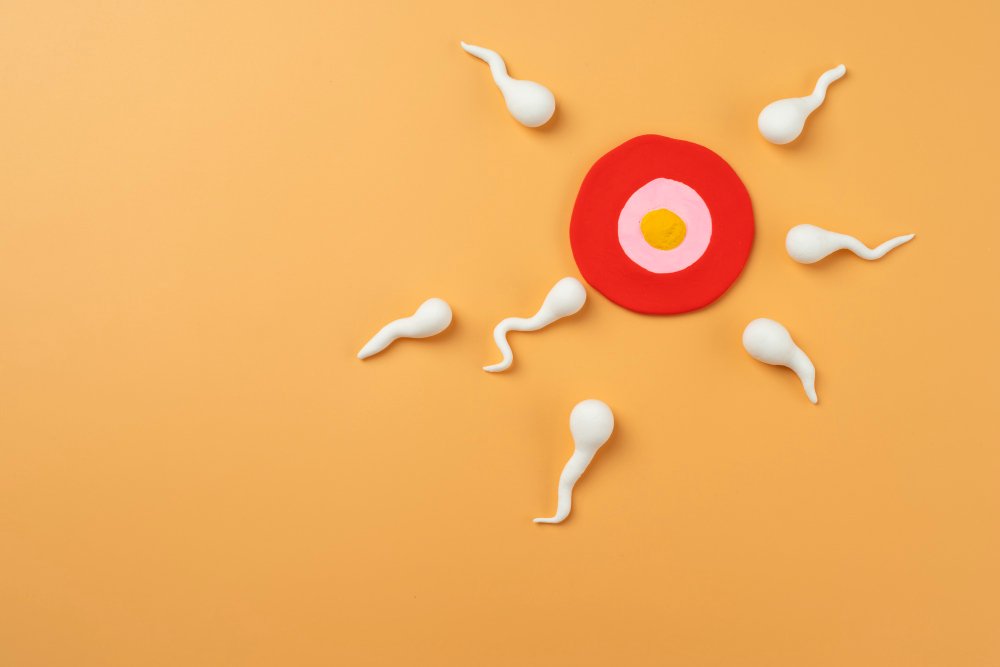Sperm quality is declining worldwide, yet male infertility remains an often-overlooked issue. Now, scientists are beginning to uncover the underlying causes, with pollution emerging as a significant factor.
Jennifer and Ciaran Hannington, a couple from Yorkshire, England, had been trying to conceive for two years. They were aware that Jennifer’s polycystic ovarian syndrome (PCOS) could complicate their journey, but they were blindsided by an unexpected revelation—Ciaran had fertility issues as well. His tests indicated a low sperm count and reduced motility, conditions that doctors deemed difficult, if not impossible, to treat.
Ciaran recalls his reaction vividly: “Shock. Grief. I was in complete denial. I thought the doctors had made a mistake.” He had always dreamed of becoming a father, and the diagnosis left him feeling like he had failed his wife. Over time, his mental health deteriorated, leading to isolation, increased alcohol consumption, and eventually, severe panic attacks. “I hit crisis point. It was a deep, dark place,” he says. Male infertility contributes to nearly 50% of all infertility cases, affecting approximately 7% of men globally. Yet, societal stigma keeps discussions about it largely in the shadows. For most men experiencing fertility problems, the cause remains unexplained, leaving many to suffer in silence. Research suggests the issue is worsening. Environmental factors, particularly pollution, are increasingly being linked to declining sperm quality, posing serious implications for individuals and entire populations.
A Decline in Fertility Rates
The world’s population has surged dramatically in the past century, climbing from 2.5 billion in 1950 to eight billion in 2022. However, birth rates are now at record lows. More than half of the global population lives in countries where the fertility rate is below two children per woman, signaling a demographic shift toward shrinking populations. While some of this decline can be attributed to positive social and economic changes—such as greater financial independence for women—many couples still wish to have more children but are held back by economic and societal constraints.
Beyond social trends, there is growing evidence of a decline in fecundity—the biological ability to conceive. Research indicates that male reproductive issues are on the rise, including lower sperm counts, decreasing testosterone levels, and increasing rates of erectile dysfunction and testicular cancer.
The Decline of Sperm Quality
“Sperm are extraordinary cells,” says Sarah Martins Da Silva, a clinical reader in reproductive medicine at the University of Dundee. “They are tiny, they swim, and they can survive outside the body. No other cells can do that.”
Even small disruptions can significantly impact sperm function. Three key factors determine sperm health: motility (movement), morphology (shape and size), and concentration (sperm count per milliliter of semen). Fertility problems become evident when sperm count drops below 40 million per milliliter.
A 2022 global study led by epidemiologist Hagai Levine found that average sperm counts declined from 104 million/ml in 1973 to just 49 million/ml in 2018—a drop of more than 50%. More alarmingly, the rate of decline has accelerated since 2000, with sperm counts decreasing by over 2.6% per year.
Levine suggests that epigenetic changes—modifications in gene expression caused by environmental and lifestyle factors—may be driving this trend. “There are signs that these effects could accumulate across generations,” he says. While the idea of inherited epigenetic changes remains controversial, growing evidence suggests it is possible. “This is not just about fertility—declining sperm counts may be an indicator of overall poor health in men,” Levine warns. “We are facing a public health crisis, and we don’t yet know if it is reversible.”
Environmental Threats to Male Fertility
Research increasingly points to pollution as a major contributor to declining sperm quality. Rebecca Blanchard, a veterinary teaching associate at the University of Nottingham, studies environmental toxins using dogs as a model for human health. “Dogs share our environment. They live in our homes and are exposed to the same contaminants,” she explains. Her research focuses on chemicals found in plastics, fire retardants, and household items—some of which have been banned but persist in the environment. Her findings suggest that these substances disrupt hormone function and damage sperm in both humans and dogs.
“We observed reduced sperm motility and increased DNA fragmentation,” Blanchard notes. DNA fragmentation, or damage to sperm’s genetic material, can not only hinder conception but also increase the risk of early-term miscarriage.
Other pollutants, including black carbon, phthalates, and so-called “forever chemicals,” have been detected in human fetuses, meaning exposure begins before birth. Additionally, climate change may further exacerbate fertility issues. Studies on insects and humans have shown that high temperatures negatively impact sperm quality, with heatwaves impairing sperm production.
Lifestyle and Male Fertility
Beyond environmental factors, lifestyle choices also play a role. Poor diet, stress, alcohol consumption, and sedentary behavior contribute to declining sperm quality. Although men were traditionally thought to be unaffected by aging in terms of fertility, new research challenges this notion. Advanced paternal age has been linked to lower sperm quality and reduced fertility.
What Can Be Done?
Addressing male infertility requires greater awareness, better diagnostic tools, and innovative treatment approaches. On a larger scale, stronger environmental regulations and pollution control measures are crucial. At the individual level, lifestyle adjustments may help. Regular exercise and a balanced diet have been associated with improved sperm quality. Blanchard recommends reducing exposure to harmful chemicals by choosing organic foods and BPA-free plastics.
For those facing infertility, seeking support is essential. Ciaran Hannington ultimately underwent multiple rounds of Intracytoplasmic Sperm Injection (ICSI), a specialized IVF procedure, and he and Jennifer are now parents to two children. However, for many, such treatments remain financially out of reach. “I’m grateful for my children every day,” says Ciaran. “But you never forget the struggle. It will always be part of me.” As scientists continue to investigate the links between pollution and fertility, the hope is that greater awareness and action can help future generations avoid the same challenges.





